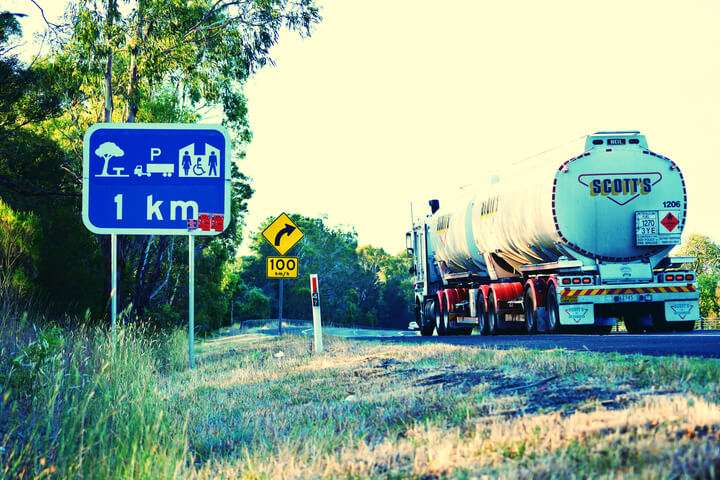HOW TO BEAT DRIVER FATIGUE IN 4 EASY STEPS

 Coffee by the cup-load might be the world’s cure-all for toughing it through a long day at work, but even the mighty bean falls short when it comes to sorting out driver fatigue. But the good news is in – it’s simple and affordable to keep fatigue out of your workforce (and off the road). We tell you how in just five easy steps.
Coffee by the cup-load might be the world’s cure-all for toughing it through a long day at work, but even the mighty bean falls short when it comes to sorting out driver fatigue. But the good news is in – it’s simple and affordable to keep fatigue out of your workforce (and off the road). We tell you how in just five easy steps.
Check out the laws
These days, keeping your drivers bright-eyed behind the wheel is more than just an OH & S issue for business owners and managers of drivers. The issue of accountability is often murky but Chain of Responsibility (COR) guidelines in Heavy Vehicle National Law identify those responsible for minimising and eliminating risk of driver fatigue – basically everyone!
- Schedulers of freight for transport
- Contractors of drivers
- Employers, company directors and managers
- Loaders/unloaders of goods
- Vehicle operators/drivers
National laws apply to fatigue-regulated heavy vehicles (12 tonne and over) and cover all aspects of recording and providing reasonable work and rest hours for drivers. Not sure how to get started? Well, you can pick up a National Driver Work Diary for just $20 from a number of outlets across the country, and check in regularly with the National Heavy Vehicle Regulator (NHVR) to make sure you’re across any recent legislation updates.
Get your head around the risk
Safe Work Australia describes fatigue as mental and/or physical exhaustion, with symptoms that range anywhere from blurred vision and headaches through to reduced hand-eye coordination, slow reflexes and ‘micro-sleeps’ of three to five seconds.Behind the wheel, the symptoms of fatigue can prove volatile, so it pays to get across the conditions that can put your drivers at risk of fatigue-related crashes:
- Working a night shift or frequent night driving (between 12pm - 6am)
- Averaging less than six hours sleep a night
- Insufficient rest or meal breaks
- Driving after being awake for more than 15 hours
- Driving after less than 5 hours sleep the night before
Other factors include illness, eating habits, surroundings (lighting, noise and climate), intensity and length of manual and menial work, and family responsibilities. Talk to your driver School your drivers on the early signs of fatigue, and encourage them to pull over for a short sleep, rest break or to swap drivers if experiencing any of the following:
- Drowsiness
- Head nodding
- Late breaking
- Slowing too late
- Missing gears, road signs or exits
- Yawning
- Blinking more than usual
Before leaving the depot, drivers can also take Transport for NSW’s Test your Tired Self quiz, which walks through a series of easy questions designed to rate reaction time and tiredness levels. Make a culture change Ok, let’s talk about work culture (don’t worry, no group hugs required).Get everyone behind a workflow that supports manageable schedules and fatigue-free drivers.
- Build regular breaks into daily schedules so drivers have sufficient chance to rest, rehydrate and eat.
- Check vehicles are adequately ventilated and lit, and seats provide sufficient lumbar support and comfort.
Give drivers enough time off to recover from working night shifts or long-haul trips, and where possible, schedule long drives for daylight hours. Safe Work Australia also recommends reducing work demands towards the end of the day, and avoiding last-minute changes to rosters to allow workers to plan time off.


Playtime’s over, get $3,500* to spend on extras.
If you’re ready to get serious about tackling bigger jobs, grab yourself an NLR 45-150 AMT SWB Traypack from the Ready-to-Work range for $62,990 drive away*. And to prove we aren’t playing, buy any NLR Traypack before June 30 and you’ll get $3,500* to spend on genuine accessories or an Essentials service agreement.
Learn more



